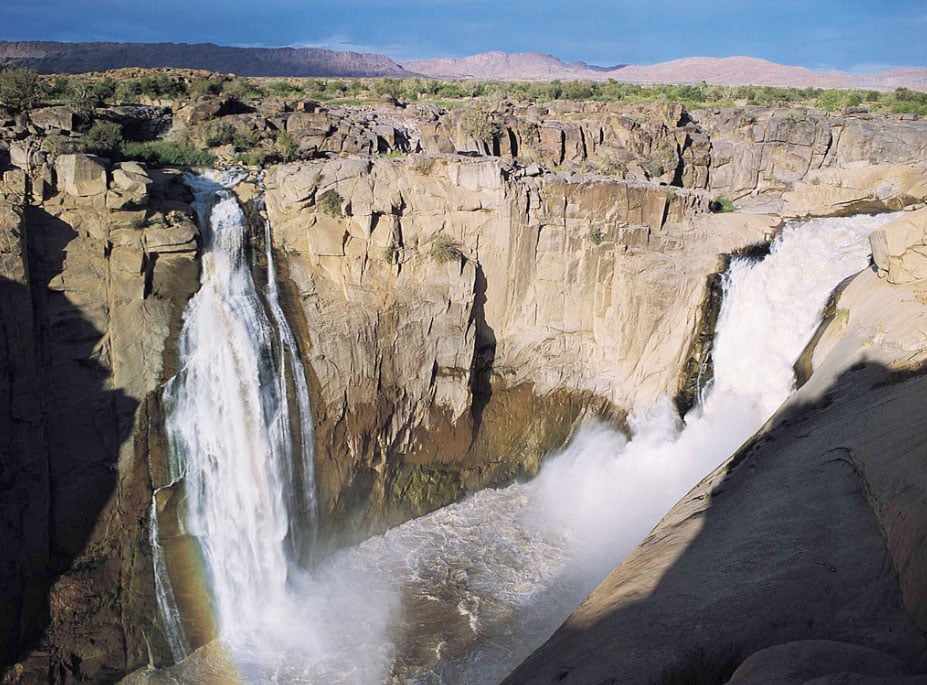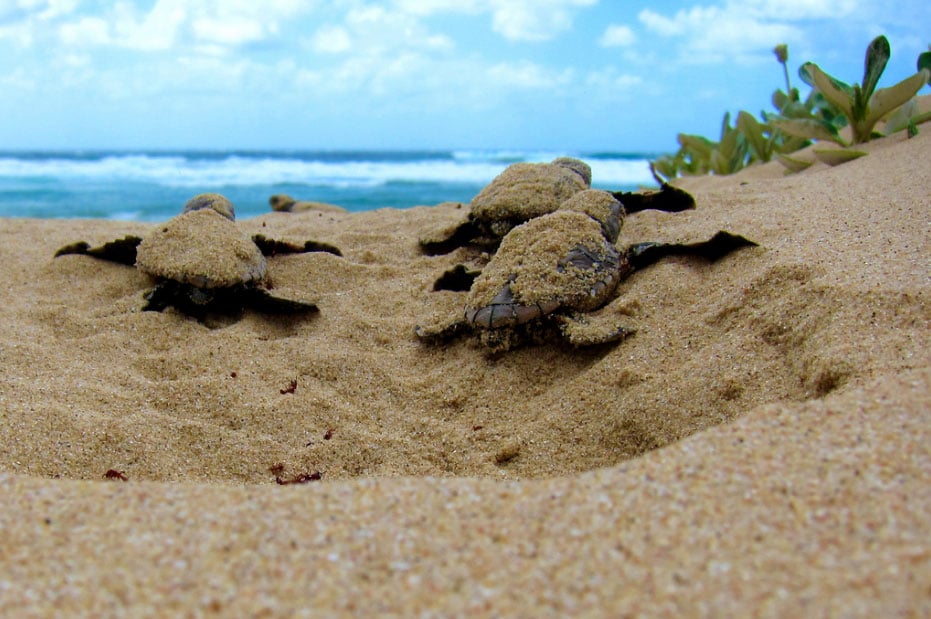Five major tourist attractions around South Africa have benefitted from UP research looking at how to make tourism experiences more memorable.
South Africa is filled with world-class tourist attractions - Table Mountain, the Kruger National Park and Robben Island immediately come to mind. But there are countless other attractions that could bring tourists to South Africa and leave them with fulfilling and memorable experiences.
To help promote other sites around the country, the National Department of Tourism (NDT) and UP’s Tourism Management Division teamed up to explore tourist expectations and experiences of five tourist attractions: Augrabies Falls National Park, Cradle of Humankind World Heritage Site, iSimangaliso Wetland Park, Mapungubwe National Park, and Walter Sisulu National Botanical Gardens (WSNBG). All are well-known attractions in their own right and boast unique features such as the waterfall at Augrabies and the archeological dig and World Heritage Site at Mapungubwe.
“We have many popular tourist sites in South Africa,” says Prof Berendien Lubbe, lead researcher for the project. “The NDT wanted to look at lesser-known sites with good potential and try to improve their appeal.”
From a list of sites provided by the NDT, Lubbe and colleagues chose the five above-mentioned locations to offer unique and different types of attractions: some cultural attractions, some rich in natural beauty, some with world heritage site status, and all with different styles of management.
Dr Elizabeth du Preez, another researcher involved in the study, explains their reasoning: “We wanted to see if we could use one survey instrument for a wide range of sites, and whether the differences between the sites led to differences in the data.”
At Augrabies Falls, WSNBG, and iSimagaliso, visitors came for the scenery, while visitors to the Cradle of Humankind wanted to learn more about human origins.Visitors to Mapungubwe were interested in experiencing everything the park has to offer: the Hill of the Jackal, the archaeological site and museum, and the confluence of the Limpopo and Shashe Rivers.
The only major challenge at Augrabies related to a lack of locally-crafted souvenirs to buy, which shows that the park is doing well in all other ways of meeting tourists’ expectations. At iSimangaliso, however, the survey picked up challenges that can be improved upon, with tourists feeling concerned about their safety, and noting difficulties with the reception area and the infrastructure at the park.
These and other findings were compiled into a detailed report for each site, which Lubbe trusts the NDT will be be able to use to help the sites improve visitor experiences. Fortunately, there is already interest in the data from other sites.
“Tourism KZN has already indicated that it would like to replicate the study at another World Heritage site in KZN,” she says. “Our hope is that the NDT will help roll out the survey instrument to attractions in South Africa.”
With reliable data and recommendations to build on, soon these tourist attractions will be competing for visitors with big-ticket attractions like Table Mountain and Kruger National Park.
 The Augrabies Falls is the main attraction at the Augrabies Falls National Park in the Northern Cape. Image: South Africa Tourism.
The Augrabies Falls is the main attraction at the Augrabies Falls National Park in the Northern Cape. Image: South Africa Tourism.

Newly-hatched turtles make for the ocean in iSimangaliso Wetland Park in KwaZulu Natal. Image: Jeroen Looyé.
Copyright © University of Pretoria 2025. All rights reserved.
Get Social With Us
Download the UP Mobile App